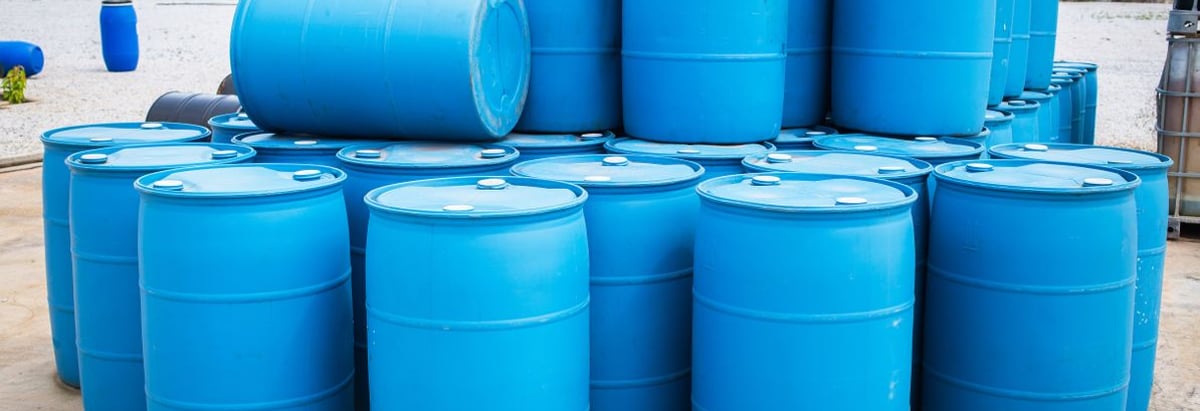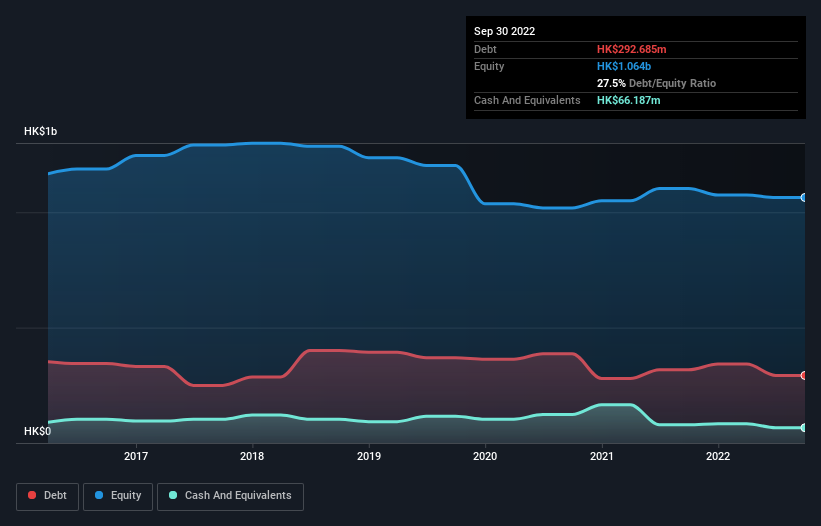These 4 Measures Indicate That Southeast Asia Properties & Finance (HKG:252) Is Using Debt Reasonably Well

Warren Buffett famously said, 'Volatility is far from synonymous with risk.' So it might be obvious that you need to consider debt, when you think about how risky any given stock is, because too much debt can sink a company. Importantly, Southeast Asia Properties & Finance Limited (HKG:252) does carry debt. But is this debt a concern to shareholders?
What Risk Does Debt Bring?
Debt assists a business until the business has trouble paying it off, either with new capital or with free cash flow. Part and parcel of capitalism is the process of 'creative destruction' where failed businesses are mercilessly liquidated by their bankers. However, a more common (but still painful) scenario is that it has to raise new equity capital at a low price, thus permanently diluting shareholders. Having said that, the most common situation is where a company manages its debt reasonably well - and to its own advantage. The first step when considering a company's debt levels is to consider its cash and debt together.
Check out our latest analysis for Southeast Asia Properties & Finance
What Is Southeast Asia Properties & Finance's Net Debt?
As you can see below, Southeast Asia Properties & Finance had HK$292.7m of debt at September 2022, down from HK$317.2m a year prior. However, it also had HK$66.2m in cash, and so its net debt is HK$226.5m.

How Healthy Is Southeast Asia Properties & Finance's Balance Sheet?
According to the last reported balance sheet, Southeast Asia Properties & Finance had liabilities of HK$340.4m due within 12 months, and liabilities of HK$74.9m due beyond 12 months. On the other hand, it had cash of HK$66.2m and HK$105.8m worth of receivables due within a year. So it has liabilities totalling HK$243.3m more than its cash and near-term receivables, combined.
This deficit isn't so bad because Southeast Asia Properties & Finance is worth HK$716.8m, and thus could probably raise enough capital to shore up its balance sheet, if the need arose. But we definitely want to keep our eyes open to indications that its debt is bringing too much risk.
We use two main ratios to inform us about debt levels relative to earnings. The first is net debt divided by earnings before interest, tax, depreciation, and amortization (EBITDA), while the second is how many times its earnings before interest and tax (EBIT) covers its interest expense (or its interest cover, for short). This way, we consider both the absolute quantum of the debt, as well as the interest rates paid on it.
Southeast Asia Properties & Finance has a rather high debt to EBITDA ratio of 8.3 which suggests a meaningful debt load. But the good news is that it boasts fairly comforting interest cover of 4.9 times, suggesting it can responsibly service its obligations. Importantly, Southeast Asia Properties & Finance grew its EBIT by 52% over the last twelve months, and that growth will make it easier to handle its debt. The balance sheet is clearly the area to focus on when you are analysing debt. But it is Southeast Asia Properties & Finance's earnings that will influence how the balance sheet holds up in the future. So when considering debt, it's definitely worth looking at the earnings trend. Click here for an interactive snapshot.
But our final consideration is also important, because a company cannot pay debt with paper profits; it needs cold hard cash. So we always check how much of that EBIT is translated into free cash flow. Looking at the most recent three years, Southeast Asia Properties & Finance recorded free cash flow of 42% of its EBIT, which is weaker than we'd expect. That's not great, when it comes to paying down debt.
Our View
Southeast Asia Properties & Finance's net debt to EBITDA was a real negative on this analysis, although the other factors we considered were considerably better. In particular, we are dazzled with its EBIT growth rate. When we consider all the factors mentioned above, we do feel a bit cautious about Southeast Asia Properties & Finance's use of debt. While debt does have its upside in higher potential returns, we think shareholders should definitely consider how debt levels might make the stock more risky. The balance sheet is clearly the area to focus on when you are analysing debt. But ultimately, every company can contain risks that exist outside of the balance sheet. For example Southeast Asia Properties & Finance has 2 warning signs (and 1 which is a bit concerning) we think you should know about.
Of course, if you're the type of investor who prefers buying stocks without the burden of debt, then don't hesitate to discover our exclusive list of net cash growth stocks, today.
If you're looking to trade Southeast Asia Properties & Finance, open an account with the lowest-cost platform trusted by professionals, Interactive Brokers.
With clients in over 200 countries and territories, and access to 160 markets, IBKR lets you trade stocks, options, futures, forex, bonds and funds from a single integrated account.
Enjoy no hidden fees, no account minimums, and FX conversion rates as low as 0.03%, far better than what most brokers offer.
Sponsored ContentNew: Manage All Your Stock Portfolios in One Place
We've created the ultimate portfolio companion for stock investors, and it's free.
• Connect an unlimited number of Portfolios and see your total in one currency
• Be alerted to new Warning Signs or Risks via email or mobile
• Track the Fair Value of your stocks
Have feedback on this article? Concerned about the content? Get in touch with us directly. Alternatively, email editorial-team (at) simplywallst.com.
This article by Simply Wall St is general in nature. We provide commentary based on historical data and analyst forecasts only using an unbiased methodology and our articles are not intended to be financial advice. It does not constitute a recommendation to buy or sell any stock, and does not take account of your objectives, or your financial situation. We aim to bring you long-term focused analysis driven by fundamental data. Note that our analysis may not factor in the latest price-sensitive company announcements or qualitative material. Simply Wall St has no position in any stocks mentioned.
About SEHK:252
Southeast Asia Properties & Finance
An investment holding company, manufactures and distributes plastic packaging materials in Hong Kong, the People's Republic of China, Japan, Oceania, North America, and Europe.
Mediocre balance sheet low.
Market Insights
Community Narratives




